
Bamboo plants are hardy but they also need some special care to stay healthy.
Browning leaves can be a result of their normal life cycle or it is something more serious depending on bamboo species.
Let’s start with the best option and then go into troubleshooting the browning problem for your bamboo plants.
Note: This blog post is about bamboo, not lucky bamboo. If you have issues with your lucky bamboo, click here!
What is the life cycle of bamboo?
Bamboos are perennial evergreen plants. They increase year after year. Evergreen plants drop their leaves, but they never lose them abruptly. Some can grow over 50 feet high. Phyllostachys Edulis can increase up to 75 feet. They grow up and grow out. Gaining more leaves every spring.
Fresh leaves emerge while the old leaves fall. Bamboo plants normally have a blend of fresh, browning and dead leaves on each plant. They often become yellowish-brown from the tips as they die. If substantial parts are turning brown or yellow, then you probably have a problem.
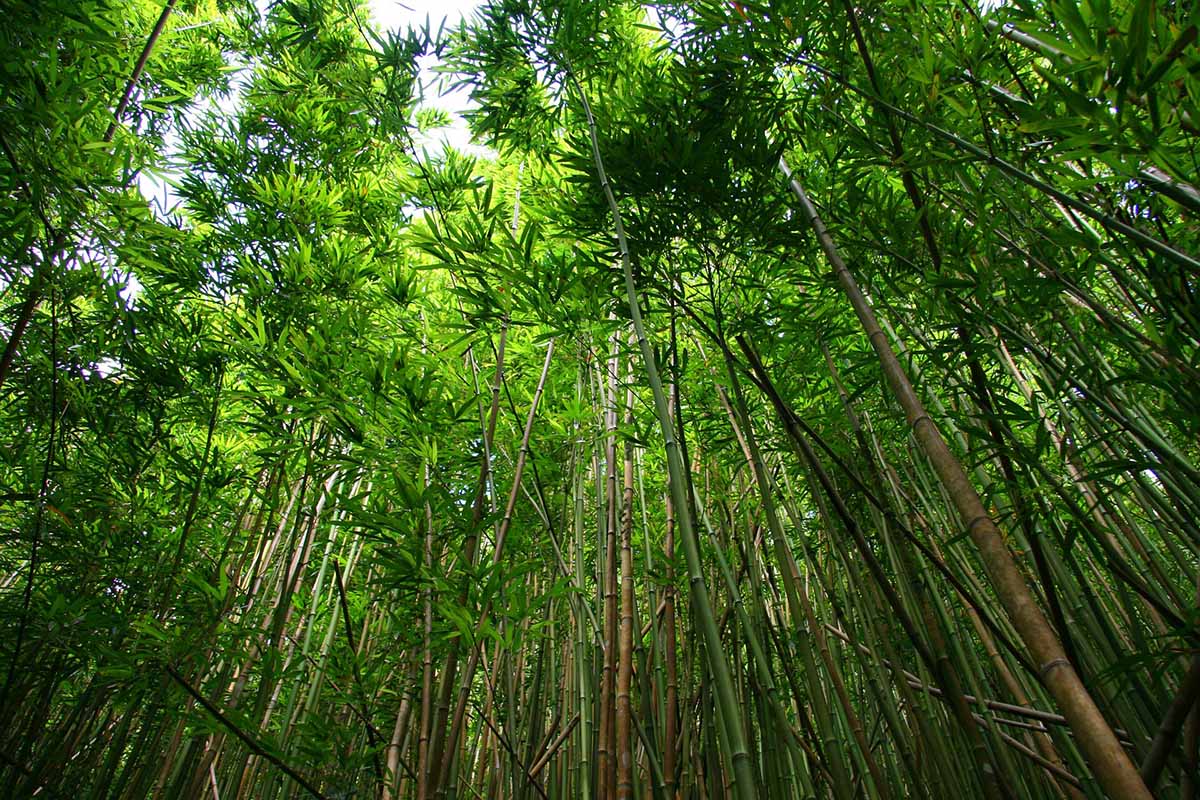
So, why is bamboo turning brown?
Bamboo is also a hardy plant but there are still some specific growing conditions that may drive to yellowing or browning of the leaves. Browning leaves are normally a warning that they are getting too much water. Stop or decrease watering instantly. Overwatering is the most frequent mistake when raising bamboo.
Browning leaves may indicate chlorine from your water source or muddy soil. Spots on the leaves can be a manifestation of pests.
Overwatering and underwatering
Bamboo leaves curl when they become dry. That’s the time you need to water them. It is better to underwater than to overwater. The leaves will open back up a few hours after watering.
Overwatering and underwatering can also degenerate the leaves. Too much water cause root rot, fungal or bacterial infections. Root rot is a fungal disease that grows in wet soil. Damaged roots cannot release nutrients that are supposed to be carried to its leaves. That is how they begin to fade from the tips downward.
Underwatering has the same symptoms. The leaves will dry out from shortage of water and nutrients. Your bamboo becomes stressed which will lead to poor health. Bamboo needs consistently moist soil. Do not let it dry out more than one inch beneath the soil surface.
A freshly planted bamboo plant will prosper from watering once or twice a week until it reaches three to six months. After six months, in-ground bamboos usually require no supplemental watering. For potted bamboos, somewhat dry is always preferable than wet and soggy soil.
Types of water
Bamboo plants enjoy water so much but not just any kind of water. Poor water quality can lead to yellow or brown leaves. Fluoridated water, in particular, can start browning leaves because this type of water contains chlorine.
Tap water also often includes chlorine. It is better to sprinkle them with rainwater or use lukewarm filtered water. If rainwater is not available, get some tap water and let it sit for 24 hours to get rid of fluoride.
Heat
Bamboo is a warm-weather plant. However, the leaves can become burnt when exposed for too long to direct sunlight, especially if you live in a very warm place. Most bamboo plants thrive best in shade or places with partial sun. Keep them away from windy areas or vents. The warm and dry air can also cause the leaves to brown from its tips.
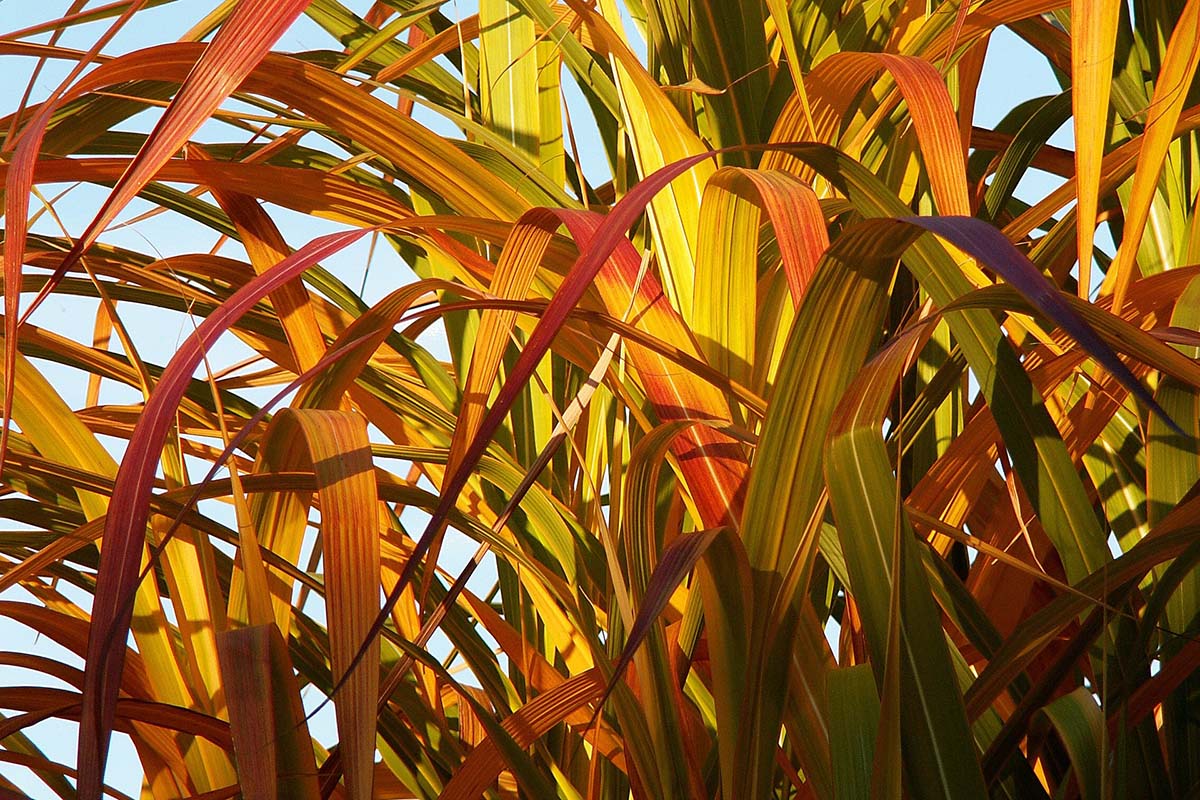
Pests
Bamboo is normally immune to most plant pests but there are times that they are occasionally attacked. These pests can stress your bamboo, causing brown leaves, stunted or malformed leaf, and scarring.
Mites are hard to detect with your naked eye. These pests are particularly common throughout the dry weather when the leaves are undusted. Look for tiny spots and fine webbing on the leaves.
Mealybugs are obvious with their whitish cottony covering. Ants and greyish mold may also happen in an invasion of mealybugs.
Fertilizer
Too much fertilizer is also responsible for browning leaves. Even natural fertilizers like fish emulsion may include salts that can hurt your bamboo leaves. Adjust your fertilizer schedule.
Apply regular lawn fertilizer twice a year. Use it once in early spring and another one in summer. Water the soil shortly and help bring its nutrients to the roots.
Freezing weather
Most bamboo species can endure winter as far north as Zone 5. Still, the frosty weather can burn the leaves of most bamboo. These leaves may even fall from the plant. They will be replaced by fresh leaves soon though.
What are environmental conditions that can lead to browning?
Stressful developing locations for your bamboo could indicate that the place is too windy, hot, dry, or polluted. Nutrient deficiencies, lack of growing area, and dry cold winds can also be a factor. Iron deficiency is the most typical problem when leaves turn brown.
Browning and yellowing of leaves are normal during the year. It is most obvious during the springtime. The leaves will be replaced over one year. You will notice a lot of yellow and brown leaves as the new ones form in the spring.
To get the old leaves to drop, bamboo cuts off its nutrition. The leaves may turn yellow and then brown before falling during this process. Different leaves turn yellow at different times. Your bamboo may often present a blend of yellow, brown, and green leaves. But if all leaves are turning brown at once, then this indicates a serious problem.
Golden and Moso bamboos usually have more yellowing leaves than other species. If you have Umbrella bamboos don’t worry if they shed more leaves in autumn. Remember that different species may drop more leaves in different seasons.
Temperate bamboos are evergreen. If planted well, it should never be entirely barren. The tips are usually brown mostly because of wind damage.
Some species like Golden bamboo do not grow well in a windy place. While Bissettii doesn’t bother to grow in a windy spot. The most destructive wind of all is the freezing North-Easterly wind, especially in late spring. It can make your bamboo seem really miserable.
Stem damage may also cause a color change on stems or leaves. It could be your pets or some stray animals. Intense heat or cold, too-tight plant ties, and fencing can also cause damage. Your bamboo will overcome these problems when given proper care.
Like it? Pin it!

How to take care of a browning bamboo?
Soil
Make sure that the soil is damp but not soaked in water. Dig the soil. It should be damp from six to eight inches below. The pH level can also affect your bamboo’s capacity to absorb nutrients. Start a pH test. Apply chelated iron if your soil is alkaline or try high-nitrogen fertilizer.
Bamboos grow best if their own leaves are left to decompose around them. Don’t sweep them all at once. This gives helpful nutrients including silica which helps the culms and stems to grow.
Sunlight and water
If you suspect that tap water with fluorine and chlorine are the source of wilting, use rainwater instead of tap water.
Change your bamboo’s light conditions. Make sure it gets the light it needs. Bamboo leaves tend to burn when placed in direct sunlight but if it is not getting enough light, it will look pale with saggy leaves.
If your plants are in a container, move it to a different spot. If this is not possible, try to come up with other solutions like an awning to block of the most intense sunlight.
Pests
Sap-sucking pests are easy to manage by sprinkling with insecticidal soap or neem oil. If the invasion is moderate, a strong blast of water is enough to knock them off. Chemical insecticides are not required. These chemicals tend to do more harm than good because they can kill other beneficial insects.
There could be a lot of reasons for every sign. Just remember that early detection will prevent further damage. Enjoy the ups and downs of your bamboo experience. You will learn a lot along the way.

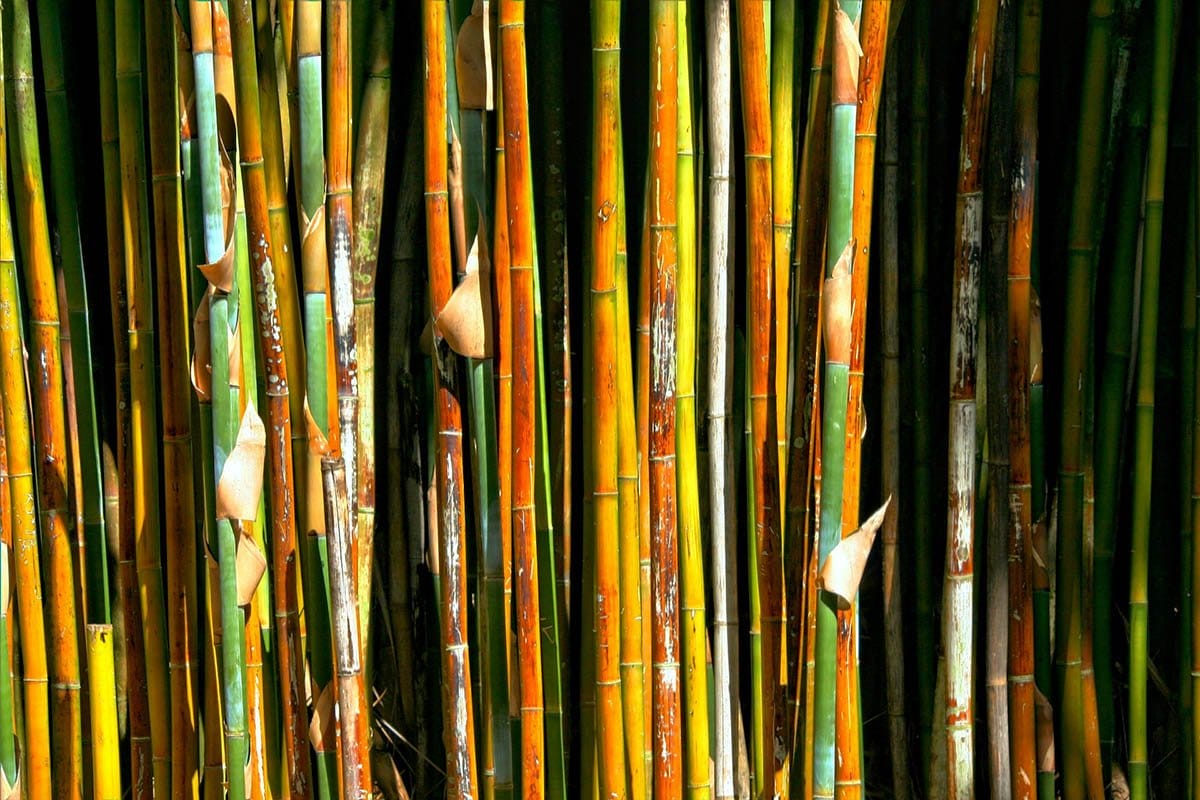

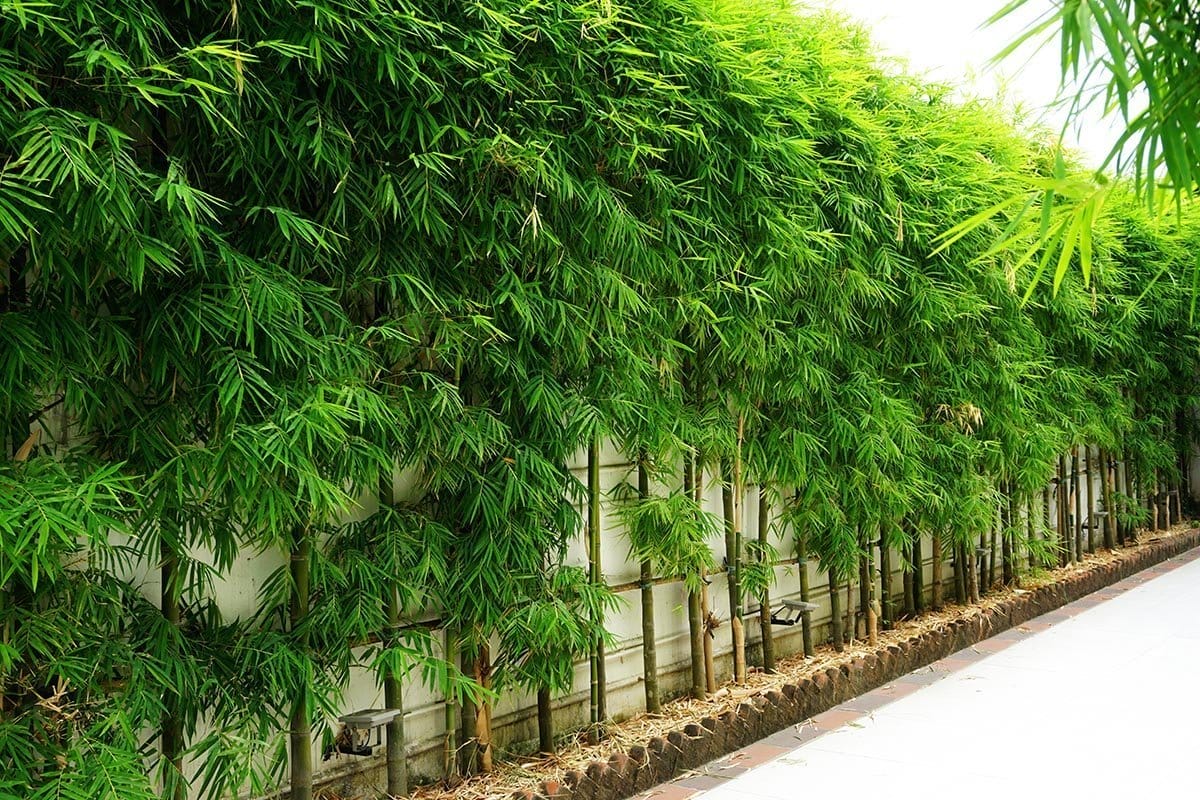
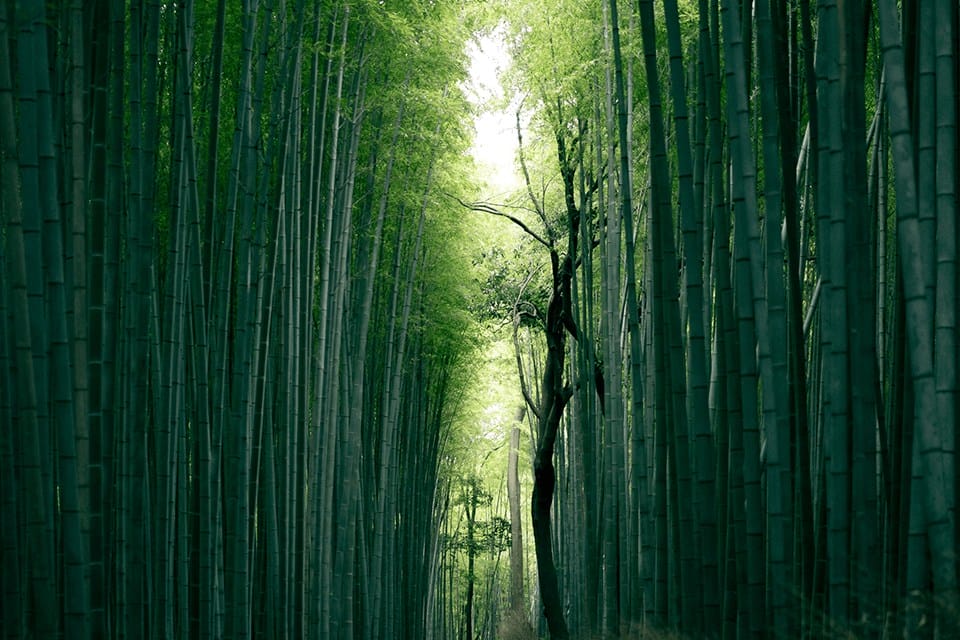
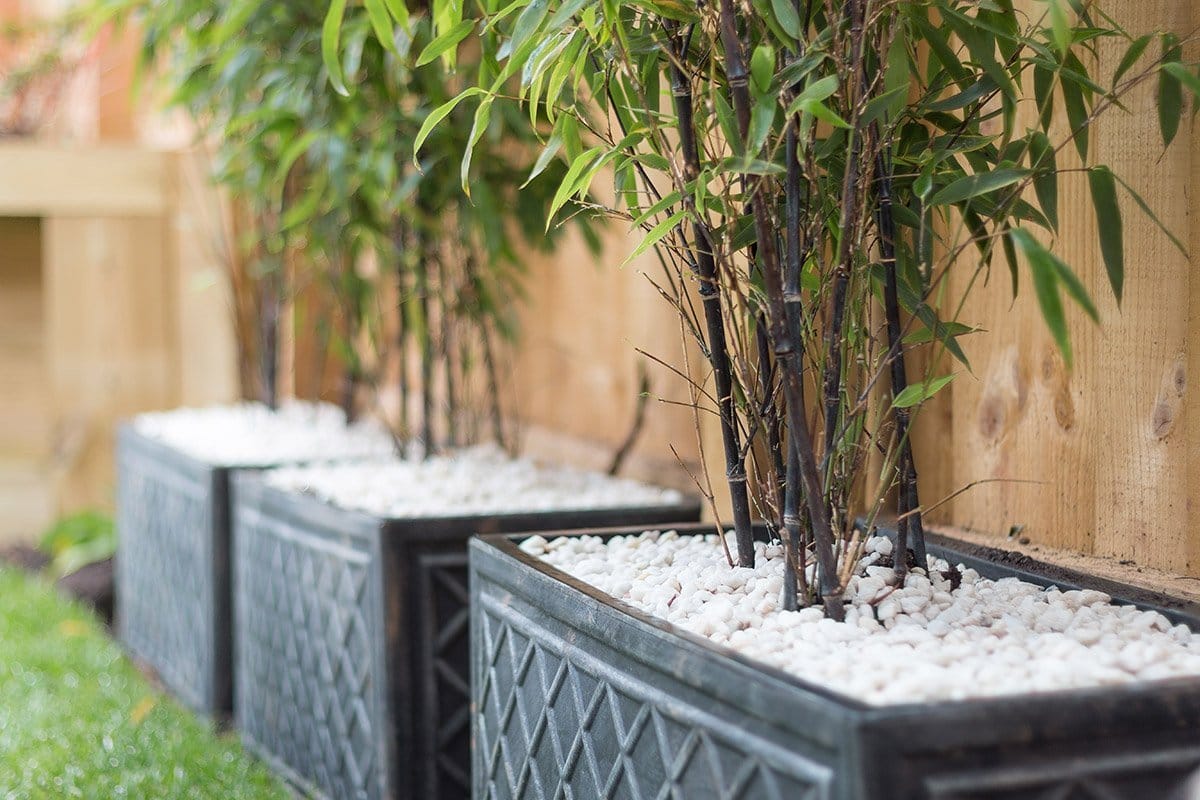

21 Comments
The trunk of my bamboo is brown and leaves are green. Can I save my plant ?????
M. Denner
Hi, Melodie! If the roots have taken over the whole area, the bamboo will be unable to grow. Check your water source and avoid chlorinated water, maintain a consistent temperature, keep the bamboo bowl Clean, avoid overwatering and underwatering. Also, I’d perform some root trimming, pruning, and other such things, and then hope for the best.
Hi, I have some yellow sulcus bamboo which has been thriving for years however some of the stems have started to go brown and die. Are you able to offer some advice or help please?
Hi, Melissa! Browning stems are usually an indication that they are getting too much water. In general, some stems will naturally die (turn brown) but if it’s too many there is an issue. It either can be overwatering or non-draining soil that created root rot. It can also be an infestation of some sort of pest or the plant being overcrowded in its place.
My stems have completely dried out and have turned brown and dry, leaves have fallen off and the stems are starting to bend. I believe it’s the clay soil, which may have caused root rot? Do you think I should dig the plants up, replace the soil in the garden bed and re plant them? I have gracilis bamboo and they were planted about 5 months ago! Thank you for your advice
Hi Sonia! Yes, that’s what I would do. Improve the soil around and about 1-2ft down so that water still has a chance to drain. I hope you’ll be able to rescue your plants – good luck and share your results with us!
I have a row of 4 clumping bamboo plants that serve as privacy from neighbors behind us. One clump
has lost its lushness and has many brown/dead stalks, but there are still some green leaves. What can I do to bring it back and match its “sisters”?
Hi Staci!
Removing dead stems is important for the health of your bamboo plant. You may use sharp shears or a handsaw for a clean cut when removing dead stems. It’s also a good idea to check that your plant has enough space underground for its clumping roots and to inspect them for any signs of pests or diseases.
Hello, we just planted a fence with golden bambu a couple of weeks ago however we haven’t water it as it has rained maybe 2-3 days on and off (not a lot). Today we checked and all the leaves from all the plants were dry and not looking healthy. What shall we do? Is it lack of water? How often shall we water them? Thank you. Sofía
Hi Sofia!
Have you checked if Golden Bamboo can be grown based on your USDA zone? If yes, bamboo leaves turning brown is usually because of insect pests, too much heat or direct sunlight, under- or overwatering or using too much fertilizer. For more details, you can check out our blog on Golden Bamboo.
Our bamboo has green stems but brown leaves not in all places but a lot of the stalks are dried out. What do you think the problem is? We just raked all the old leaves away from the ground around the bamboo and hope it helps. We are in zone 5 not much snow or rain this winter but all the green leaves are gone.
Hi Tricia!
It’s possible that your bamboo is experiencing some drought stress or is not getting enough water. Brown leaves can also be a sign of nutrient deficiency or pests. Make sure your bamboo is getting enough water and nutrients, and consider using a balanced fertilizer. It’s also a good idea to inspect the plants for any signs of pests or diseases. Raking the old leaves away from the base of the bamboo can help prevent moisture buildup and fungal diseases.